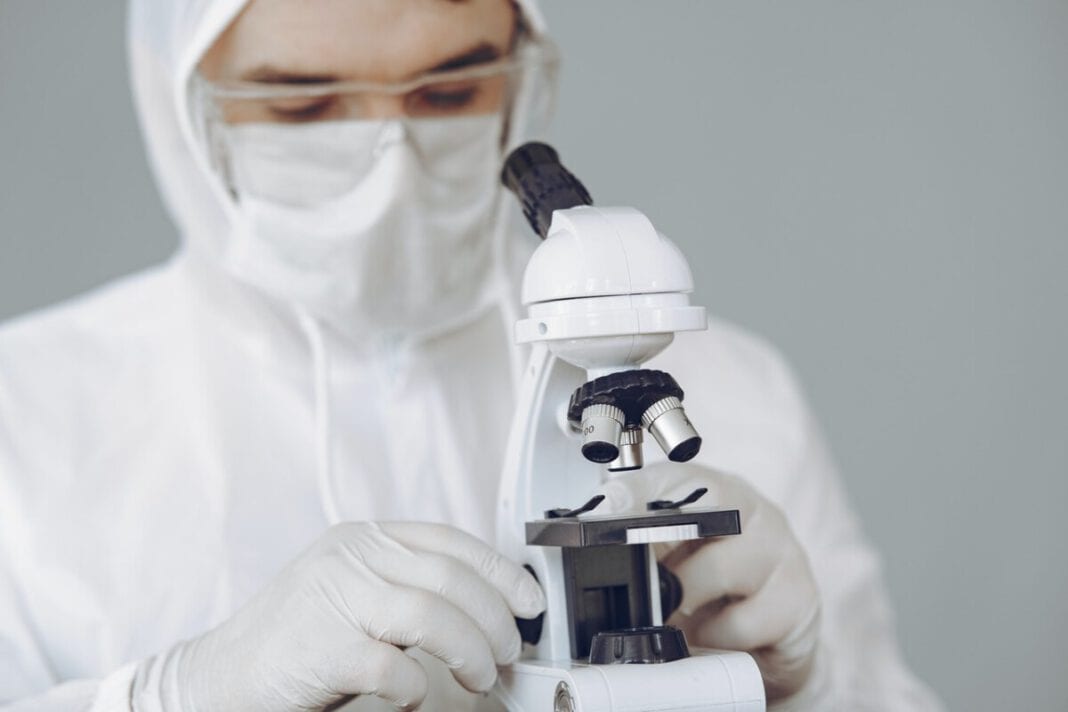In an interview with NU.nl, Edwin Boel, project leader of the National Coordination Team Diagnostic Chain (LCDK), admitted they were surprised by the increased demand for coronavirus tests that we have seen over the past few months.
Boel explained that they are racing to enlarge test capacity across the nation before winter. But already the Netherlands is facing vast shortages, as people often have to travel over 100 kilometres for a test, and results can take days. The current demand for coronavirus tests is 38,000 per day, but the current capacity is only 28,000 tests per day.
International shortage
Boel blames the lack of capacity on the international shortage of testing materials. “The main cause is the same as always: because there is a lot of testing internationally, there is a scarcity of materials. We have a lot of machine capacity, but there is a shortage of test material. We are now getting additional materials, but at the same time we also see that demand has increased considerably. We continue to work with scarcity.”
Bridging the gaps
By October, the organisation predicts they will need a testing capacity of 50,000 per day to meet demands. Boel assures that by the end of October, they will have enough machines and materials for 70,000.
By February, Boel plans to have a capacity of 85,000 tests in a day. He explains that they are making contracts with various laboratories and that the Ministry of Health are supporting a number of innovative projects. These projects hope to create testing systems that do not rely on materials from major international manufacturers.
Criticism over lab management
Some have accused the organisation of taking too long to reach out to larger commercial laboratories for help. Boel argues that in the beginning, the focus was on understanding the virus, and so tests were limited to medical laboratories at the RIVM and Erasmus MC. Thirteen other laboratories were then added once information was becoming clearer. Since then, they have been cautiously expanding.
Boel explains that test demands went down drastically over the summer, and GGDs were preparing for an increase in Autumn. But when demand spiked again in August it came sooner than expected, and testing sites were not prepared.
This time, LCDK plans to be fully prepared for the increases that will surely come with winter. Boel says it is impossible to go from zero to maximum capacity quickly, but that they are doing everything they can to meet the 85,000 goal by February.
What do you think of the LCDK’s management of coronavirus tests? Let us know in the comments below.
Feature Image: Gustavo Fring/Pexels



